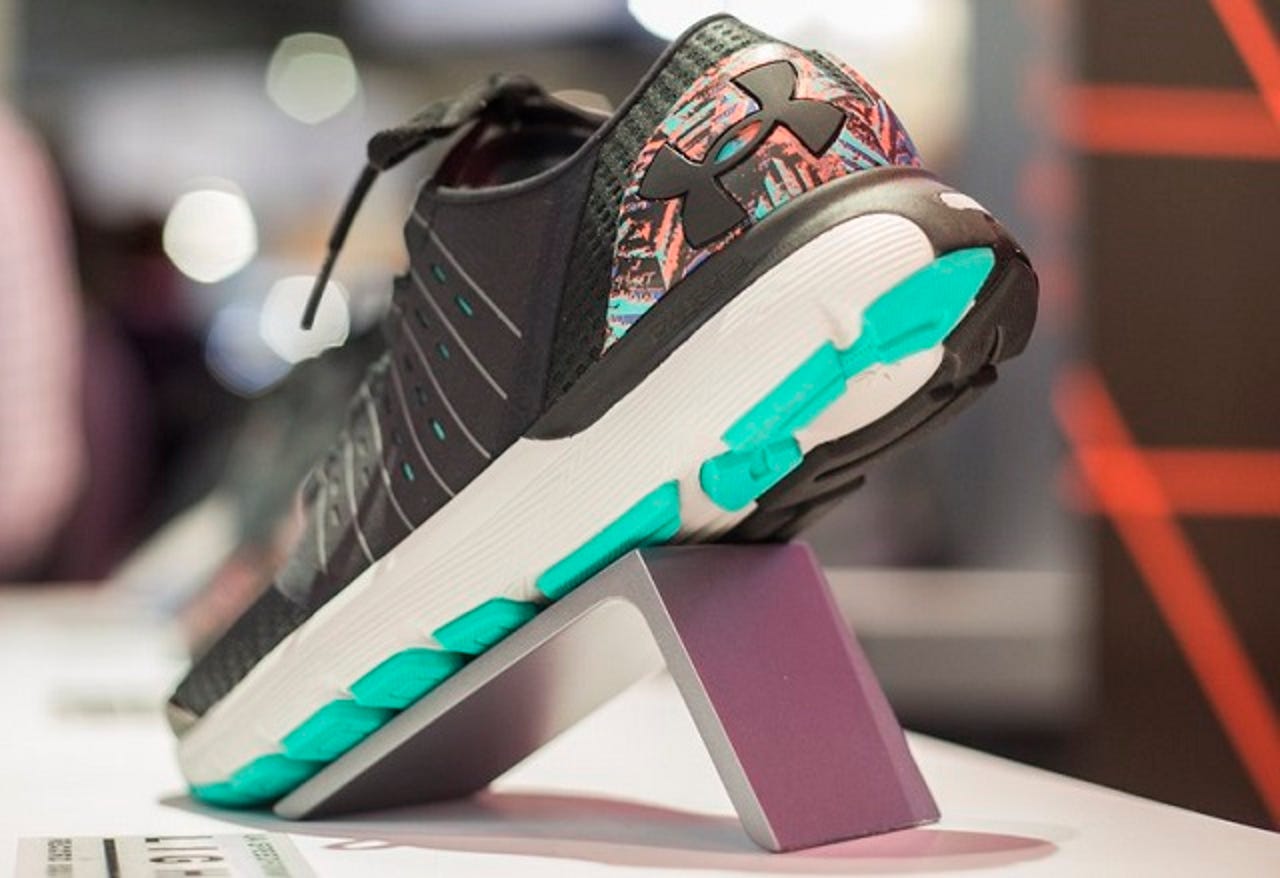CES exhibitors bet big on measuring, analyzing human performance


At CES 2017, Under Armour unveiled shoes that assess an athlete's readiness to work out.
Within just a few years, tens of billions of connected devices will be delivering real-time information from just about every aspect of life. Every industry is adding connected capabilities and services, from automotive to entertainment, as well as sports and health care. Still, technology leaders at CES 2017 said there's still a trove of untapped potential when it comes to measuring human performance.
CES 2017
"Today, real-time data helps us know more about our cars than our bodies," said Qualcomm CEO Steve Mollenkompf in his CES keynote. "On board computers log everything that happens and dashboard indicators let us know when something goes wrong -- there's no system like that for your health."
Under Armour CEO Kevin Plank said his company's vision for connected fitness was inspired by the same challenge. "It frustrated us to know we know more about our cars and our bank account than we do about our own health and fitness," he said in his own keynote address.
The projected growth in this area is significant: Mollenkompf noted that an estimated 40 percent of IoT-related technology will be tied to health care by 2020.
That's why Qualcomm, via its Qualcomm Life unit, is teaming up with UnitedHealthcare to integrate the use of wearables into corporate wellness plans. It's also why Under Armour has been busy forging technology partnerships and finding new ways to make use of its customer's data -- like using data collected from your shoes to tell you whether you're ready for a workout.
"We can help you turn your data into direction , to help you make better choices and reach your health and fitness goals," Plank said.
The reasons for measuring human performance don't stop at health and fitness -- it also opens up new business opportunities in the world of professional sports.
Human performance is one of two core competencies -- along with immersive video -- of the Intel Sports Group. Collecting and analyzing data on human performance is "how can we help athletes perform at their best and avoid injuries, and help scouts find talent they normally wouldn't," James Carwana, general manager of the Intel Sports Group, told ZDNet.
When that data is combined with Intel's immersive video capabilities, it can create entirely new ways for fans and spectators to enjoy sports. They can watch a basketball game as if they were in the front row while finding out just how well their favorite athlete is performing.
"People have a ton of passion about sports, following the athlete, following the team - learning about how high LeBron jumped," Carwana said.
Last year, Intel participated in the X Games, outfitting BMX bikes with modules to track data on in-air rotations, jump height, jump distance, speed, and force on landing. While fans had a more enriched viewing experience, the athletes themselves also liked having the data at their fingerprints, said Jeff Hopper, who leads strategy and marketing for the Sports Group.
As other industries have already, athletes and teams are now learning, Hopper said, that "the best data is going to win."